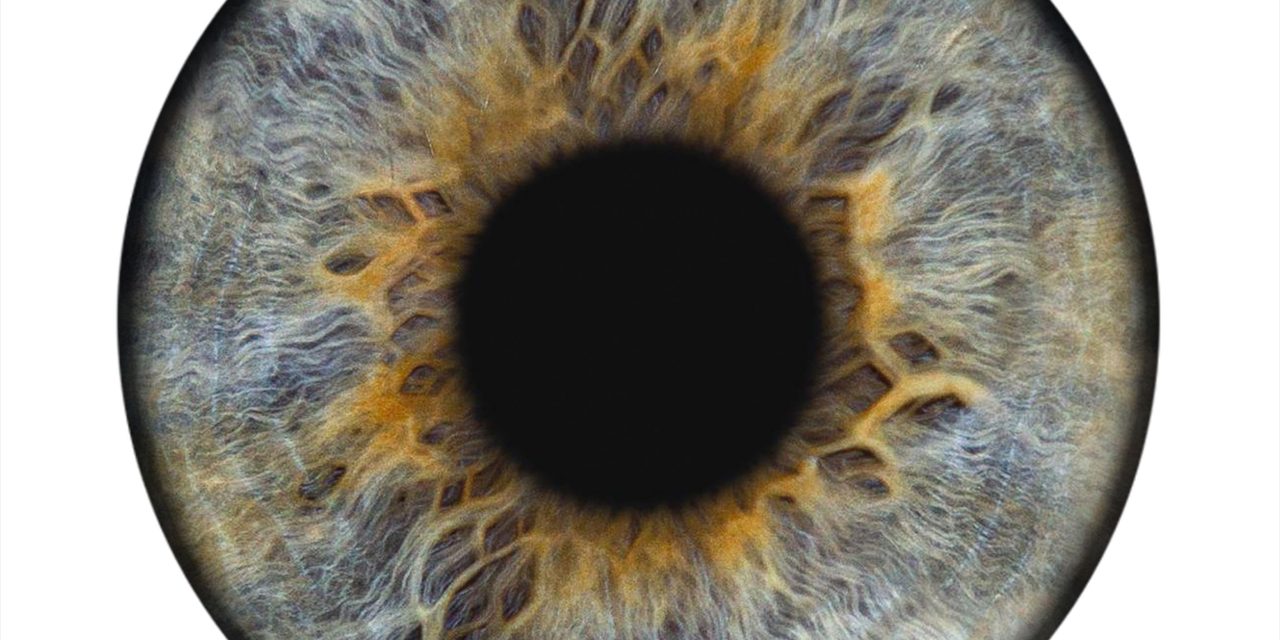To investigate the impact of socioeconomic disadvantage and diabetic retinopathy severity on follow-up for vision care among people with diabetes mellitus (DM) residing in rural Vermont and northern New York State.
A retrospective chart review of people with DM who visited our academic eye clinic at least once between October 1, 2015, and March 31, 2016, was done. Of 1,466 unique patient visits, 500 were chosen for full chart review by simple random sampling. DM follow-up within 1 year was recommended for 331 adults. Data about prescribed and actual follow-up intervals were extracted. Regression models were used to identify factors associated with poor attendance at follow-up appointments.
Sixty-eight [20.5%] patients had poor follow-up, defined as no ophthalmology visit within double the prescribed interval. Of these, 57 were not seen in follow-up by the end of study observation. Poor follow-up was greatest among socioeconomically disadvantaged patients, as defined by Medicaid enrollment (odds ratio [OR], 1.95; 95% CI, 1.07-3.56) in comparison to non-disadvantaged patients. Follow-up was better among those with moderate or worse diabetic retinopathy (OR, 0.38 95% CI, 0.20-0.70), and those with macular edema (OR, 0.19; 95% CI, 0.057-0.62).
Medicaid insurance and better diabetic retinopathy status were associated with worse follow-up among our predominantly rural population of patients. Patients who did not follow-up within double the recommended interval were unlikely to follow-up at all. Interventions are needed to target those at highest risk for poor follow-up.
© 2020 Peavey et al.
Impact of Socioeconomic Disadvantage and Diabetic Retinopathy Severity on Poor Ophthalmic Follow-Up in a Rural Vermont and New York Population.


